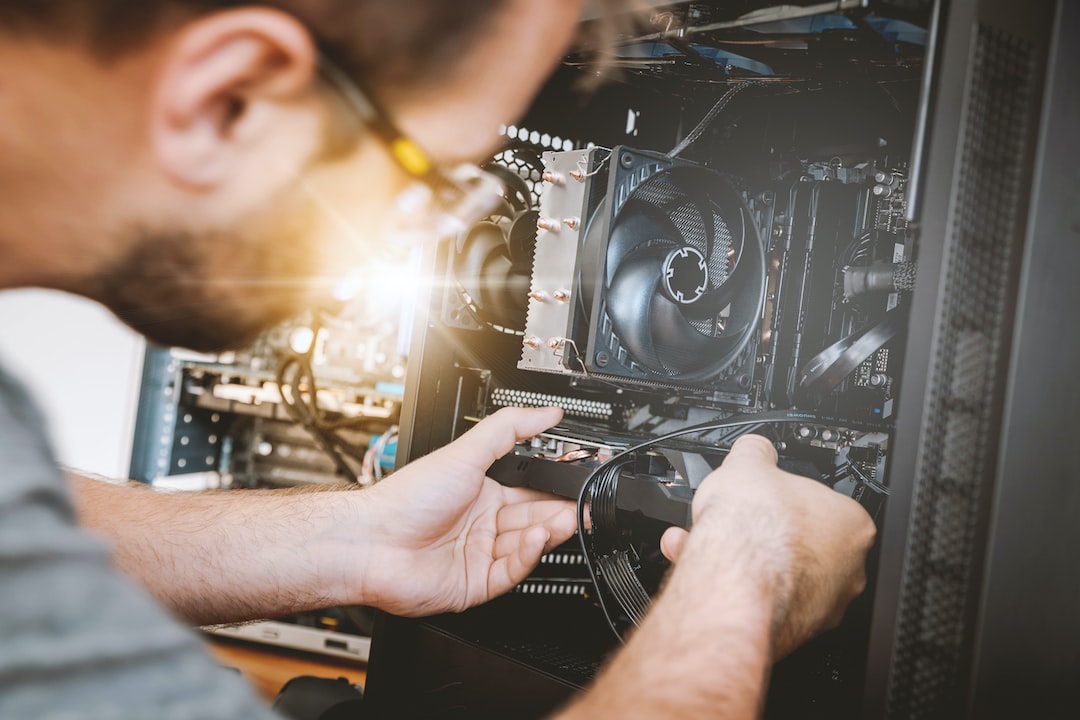The Evolution of Manufacturing: From Assembly Lines to Smart Factories
Throughout history, manufacturing has constantly evolved to meet the growing demands of society. From the early days of manual labor to the mechanization of assembly lines, innovation has driven the production processes forward. However, the biggest revolution in recent times is the advent of smart factories, which have ushered in a new era of automation and efficiency.
The rise of the assembly line in the early 20th century was a game-changer for manufacturing. Developed by Henry Ford, this system allowed for the mass production of goods, reducing costs and increasing productivity. Workers were assigned specific tasks at fixed workstations, and the product moved along a conveyor belt as each task was completed. This method allowed for faster and cheaper production, making products more accessible to the masses.
As technology continued to advance, so did manufacturing processes. Computer Numerical Control (CNC) machines, which use computer programs to control machinery, revolutionized the industry. These machines replaced the need for manual labor and allowed for greater precision and efficiency in the production of complex parts. With CNC machines, manufacturers could produce more intricate products than ever before, leading to advancements in industries such as aerospace and automotive.
The next major leap in manufacturing came with the adoption of robotics. Robots are now a common sight in modern factories, taking on tasks that are too dangerous or repetitive for humans. These machines can work around the clock without the need for breaks, greatly increasing productivity and reducing errors. They can perform tasks with incredible speed and precision, ensuring a consistent level of quality in products. With the rise of AI technology, robots are becoming even more intelligent and capable, allowing for even greater automation in manufacturing.
The latest and most exciting development in manufacturing is the concept of smart factories. Smart factories are the epitome of automation, connectivity, and data exchange in manufacturing. They involve the integration of various technologies such as the Internet of Things (IoT), artificial intelligence, and big data analytics.
One of the key features of smart factories is the use of IoT devices. These devices are embedded with sensors and connected to a central system, allowing for real-time monitoring and control. For example, sensors on machines can detect when maintenance is required, minimizing downtime and increasing productivity. These devices also enable better inventory management by providing accurate and up-to-date information on stock levels, reducing waste and optimizing supply chains.
Artificial intelligence plays a crucial role in smart factories by analyzing big data generated by IoT devices and making intelligent decisions. AI algorithms can identify patterns and anomalies in production processes, helping manufacturers identify areas for improvement and optimize efficiency. AI-powered robots can adapt to changing conditions and learn from their experiences, making them even more effective in performing complex tasks.
The implementation of smart factories offers numerous benefits to manufacturers. For starters, they enable increased productivity and efficiency by streamlining processes and reducing downtime. With real-time data and intelligent analysis, manufacturers can optimize their operations and respond quickly to market demands. This flexibility allows for faster product development and customization, leading to greater customer satisfaction.
Smart factories also contribute to sustainability efforts by minimizing waste and reducing environmental impact. By optimizing energy usage and streamlining processes, manufacturers can reduce their carbon footprint. Additionally, the ability to monitor and analyze data allows for better resource management, further reducing waste and increasing sustainability.
While the concept of smart factories is still relatively new, many forward-thinking manufacturers have already started implementing these technologies. Companies that embrace this revolution in manufacturing are not only gaining a competitive edge but also driving economic growth and innovation.
In conclusion, the evolution of manufacturing from assembly lines to smart factories has been a remarkable journey. From the mass production made possible by assembly lines to the precision of CNC machines and robotic automation, each step has brought us closer to the age of smart factories. With their integration of IoT, AI, and big data analytics, smart factories are revolutionizing manufacturing once again, offering increased productivity, efficiency, and sustainability. As we continue to innovate and embrace new technologies, who knows what incredible advancements await us in the future of manufacturing.

